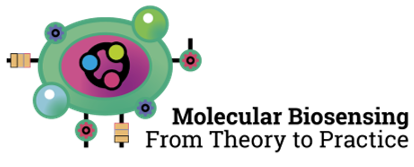Speaker
Description
Nitric oxide (NO) plays an important role in many biological signalling processes including blood pressure regulation, neurotransmission, inflammatory response, and programmed cell death (apoptosis).[1,2] Although the NO donors have been useful research tools, many of them release NO via spontaneous decomposition, so that it is difficult to control NO release.[3] To overcome this problem, NO donors that are triggered by light (photo-NORMs) have prompted significant synthetic research efforts towards their use as photopharmaceuticals owing to their exceptional control over the location, timing, and dosage.[4] One issue for these photo-NORMs is their activation in the UV part of the spectrum which is harmful and has poor penetration to living tissues. In order to activate this category of molecules using a safer light source, we have developed ruthenium nitrosyl complexes that can be directly activated by 505 nm LED. Then, by rational design of the ligand sphere, the ruthenium nitrosyl complexes are developed towards their integration in a biological environment. Molecular as well as environmental parameters are studied towards NO release based on triplet-triplet annihilation upconversion (TTA-UC). Using TTA-UC the activation of photo-NO release with red-NIR light becomes available, with greater penetration depths and without detrimental effects to the tissue.
References
[1] Fry, N. L., Heilman, B. J. & Mascharak, P. K. Inorganic Chemistry, 2011, 50, 317–324.
[2] Yang, Liu, Shuqi Wu, Bijuan Lin, Tianxun Huang, Xiaoping Chen, Xiaomei Yan, and Shoufa Han, Journal of Materials Chemistry B, 2013, 1, 6115-6122
[3] Hishikawa, Kazuhiro, Hidehiko Nakagawa, Toshiaki Furuta, Kiyoshi Fukuhara, Hiroki Tsumoto, Takayoshi Suzuki, and Naoki Miyata, Journal of the American Chemical Society, 2009, 131, 7488-7489.
[4] Becker, Tobias, Stephan Kupfer, Martin Wolfram, Helmar Görls, Ulrich S. Schubert, Eric V. Anslyn, Benjamin Dietzek, Stefanie Gräfe, and Alexander Schiller, Chemistry - A European Journal, 2015, 21, 15554-15563.
Acknowledgements. This work has received funding from the European Union’s Horizon 2020 research and innovation programme under the Marie Skłodowska-Curie grant agreement No 813920.

